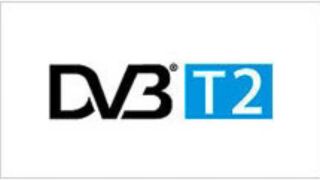DVB-T2 is a digital terrestrial transmission system developed by the DVB project. It introduces the latest modulation and coding techniques to enable the highly efficient use of the valuable terrestrial spectrum for the delivery of audio, video and data services to fixed, portable and mobile devices.
DVB-T2 uses OFDM modulation, with a large number of subcarriers delivering a robust signal. Also like DVB-T, DVB-T2 offers a range of different modes, making it a very flexible standard. To perform error correction, DVB-T2 uses the same coding that was selected for DVB-S2. The combination of low density parity check (LDPC) coding and Bose-Chaudhuri-Hocquengham (BCH) coding delivers excellent performance in an environment with high noise levels and interference, yielding a very robust signal.




